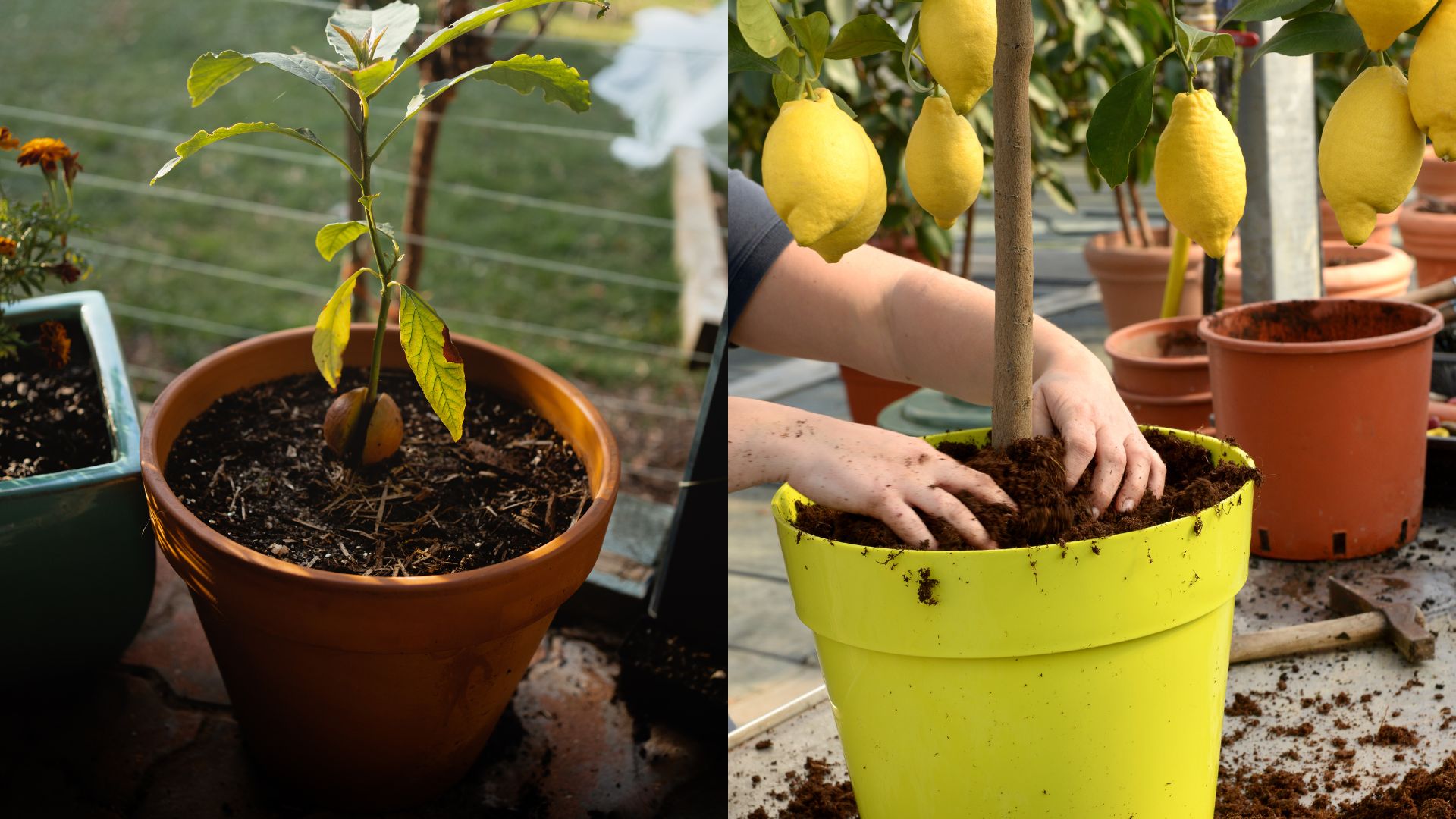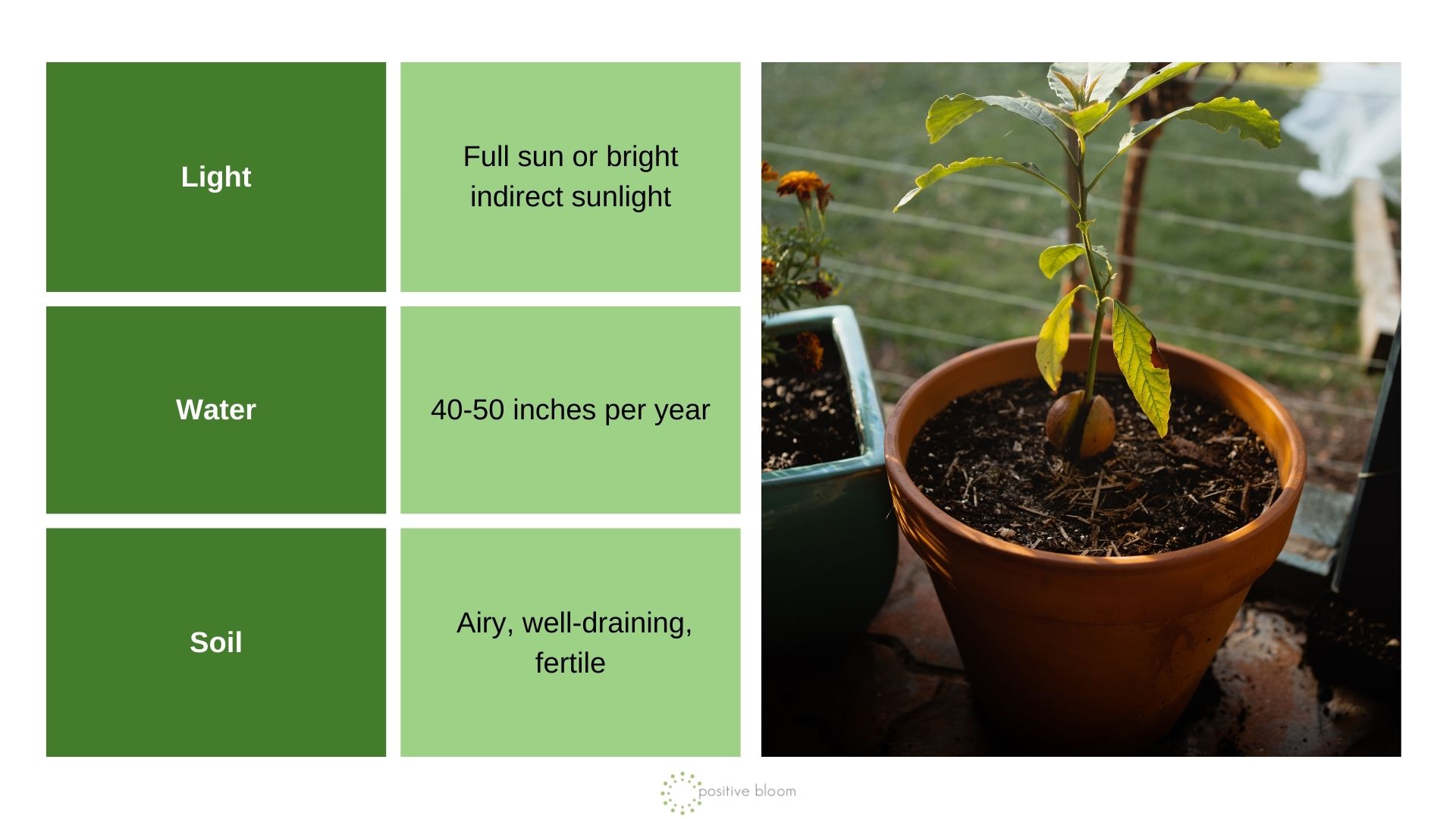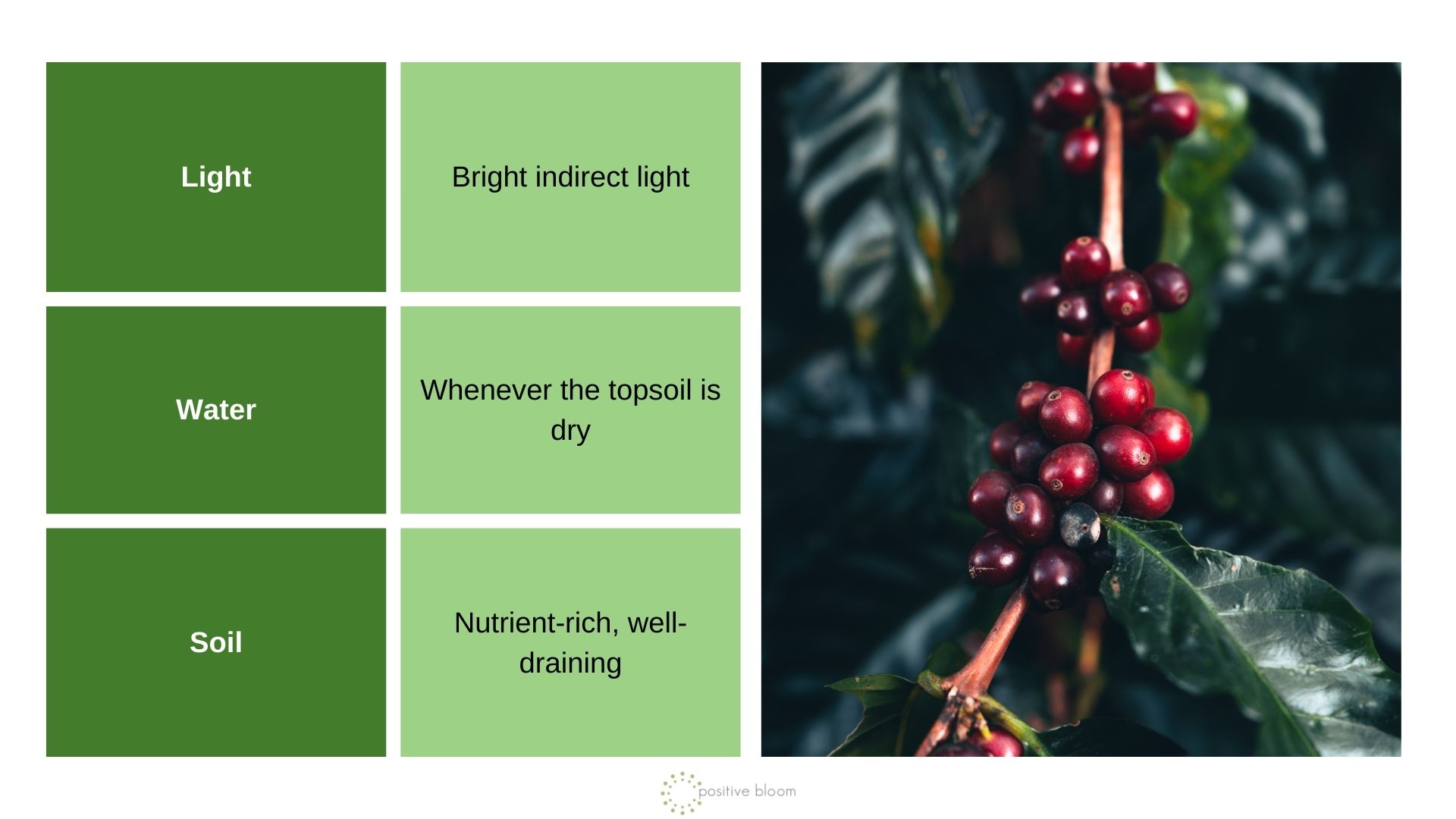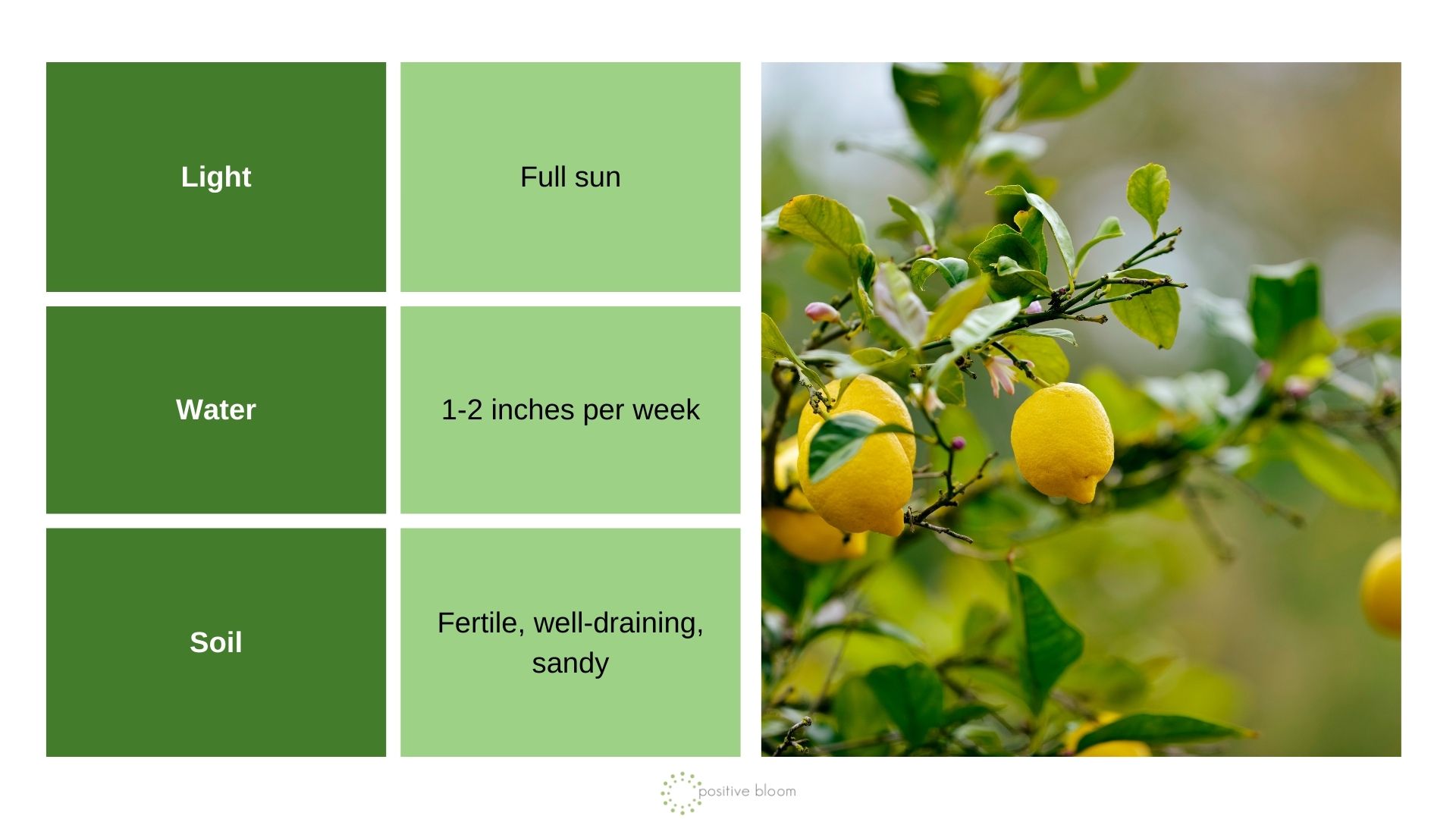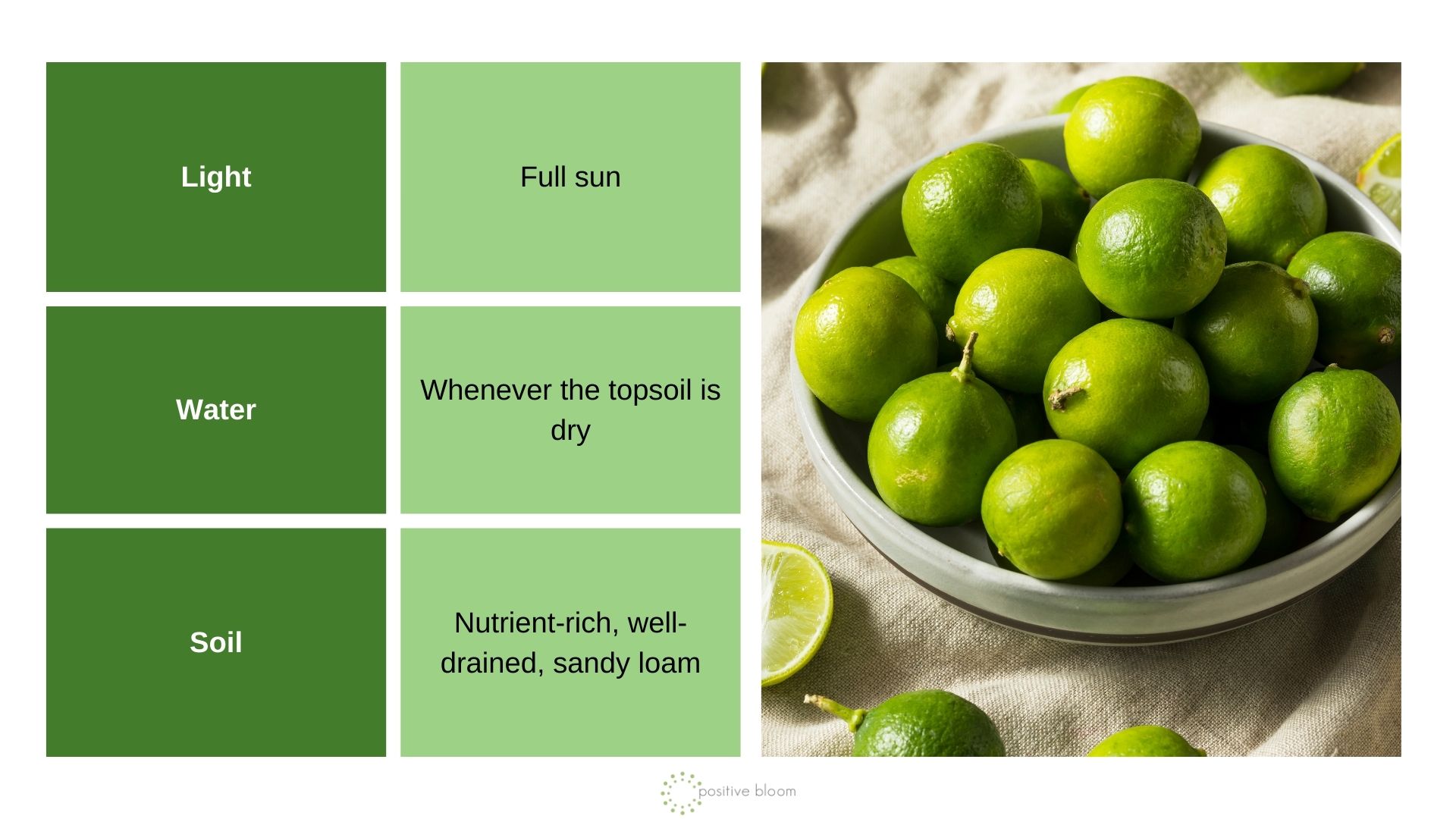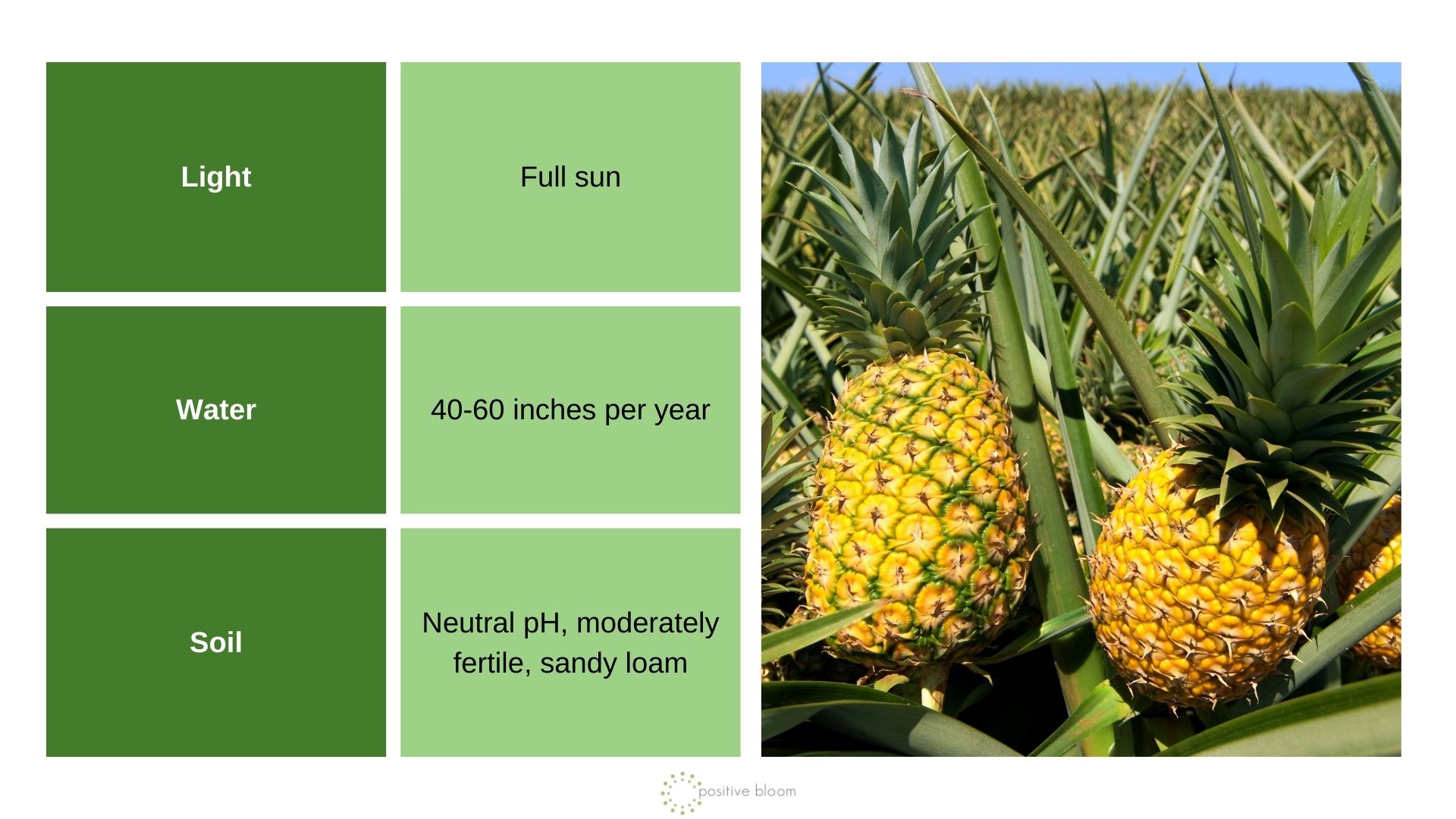If you long for tropical fruits in the midst of winter and you have no way of growing them outside in your climate, just plant them indoors.
Citrus trees, coffee plants, and avocados thrive indoors and can give you a decent harvest if you provide a pot large enough to fit them.
Here are five top edible plants you can grow inside your home to enjoy their looks, as well as the taste once they start fruiting.
Let’s get started!
#1 Avocado
The first on my list is definitely avocados. They can be quite expensive, so growing them on your own saves you money and gives you more gardening experience.
When starting out, it comes in handy to learn the avocado seed growing stages so you’ll know everything you can expect during this process.
You can start avocados from seed and grow them indoors, but you will have to take the plant outside as much as possible if you want it to fruit.
Also, it takes around 10 years to bear fruit and usually lasts 2-3 years as a houseplant, so keep it outdoors until the conditions become too cold.
Growing Requirements
When growing avocados as a houseplant, make sure the indoor temperatures are no lower than 55-65°F.
Keep it in a container that can accommodate its root system and repot it when the plant becomes too crowded (you’ll notice its growth rate slows down when it’s rootbound).
Plant it in a fertile and well-draining growing medium, preferably loam, and water it whenever the top part of the soil mix feels dry.
Start feeding your avocado tree in spring and summer, using a liquid fertilizer every 2-4 weeks.
#2 Coffee Arabica
You may think of the coffee plant as a regular houseplant, but give it time and it will start growing coffee beans. It does take around 3-4 years or so to do this, but it is fairly easy to grow, giving you no trouble at all.
It is the perfect indoor plant because it can tolerate various light levels and handle lower humidity levels.
You will have to hand-pollinate it, though, if you want to see some coffee beans, but you have quite a journey ahead of you before you get there.
Growing Requirements
Keep your coffee arabica in a spot where it can get indirect sunlight, such as a few feet away from bright windows or on an east-facing windowsill.
Plant it in a high-quality potting soil with good drainage, fertilize it regularly, and water it whenever the topsoil dries out.
I feed mine with houseplant fertilizer spikes that can last for up to 3 months, and use them 2-3 times a year, but you can also apply liquid plant food every 2-4 weeks.
You can keep it in check by pruning it to around 3-4 feet tall, and that’s it. Give it all it needs, and your coffee plant will be able to withstand temperatures as low as 40°F.
#3 Lemons
There are a couple of things to know before growing citrus trees indoors, but as long as you mimic their natural growing environment as best you can, they should grow like crazy.
Place your lemon tree near a south-facing window where it can get direct sunlight and it will cope with the indoor growing stress just fine.
Lemon trees do enter dormancy in winter, so don’t be surprised if they stop growing at that time.
I’d recommend growing ‘Meyers’ lemons because they are fairly easy to grow and yield delicious fruits.
Growing Requirements
Keep your lemon trees at temperatures no lower than 50°F and provide them with as much light as possible.
If you grow your lemon trees indoors all year long, fertilize them every 4-6 weeks. And if you move them outside during warmer seasons, you can feed them every 2-4 weeks.
These citrus trees prefer cooler temperatures in winter, with humidity levels of around 50%, so your best bet is getting a humidifier because our homes aren’t that humid. And don’t forget to move it to a cooler part of your house.
#4 Key Lime
Growing citrus trees year long in cold climates isn’t an easy task, but it can be done. And aside from lemons, you can grow key limes (aka Mexican lime) as a great way of saving money and having homegrown produce for lime pies and mojitos.
Key lime is a perfect citrus for indoors because it bears fruits in abundance and doesn’t grow that tall. In fact, you can keep it at around 2 feet tall and it will still fruit incredibly.
Growing Requirements
Place your key lime in a spot where it can get full sun conditions, such as a south-facing window (near your lemon tree, perhaps?).
Plant it in a large container filled with fertile and well-draining growing medium and make sure the temperature is no lower than 60°F.
#5 Pineapple
Pineapples make for great houseplants, especially since you can start them from the crown of leaves.
Plant it in a seed-starting mix or place it in water and move it to the soil once it develops roots. At this point, it would be good to learn about the pineapple growing stages so that you know what to expect and how to care for it at any given phase.
Just know that it can take at least 2-3 years before this plant starts producing fruit, so be patient.
The good news is that they don’t need to be pollinated in order to produce fruit. In fact, if pollinators do get their hands on their pollen and spread it around, you’ll get fruits with seeds that are a lot less pleasant to eat.
Growing Requirements
Plant your pineapples in a large container filled with organic, nutrient-rich, and well-draining potting mix.
Place it in a spot where it can get at least 6-8 hours of direct sunlight (south-facing windows work best) or supplement it with artificial lighting.
Keep it at around 65°F and water it whenever the top portion of the growing medium is dry.
Fertilize your pineapples around once a month with a diluted liquid fertilizer or use fertilizer spikes.

